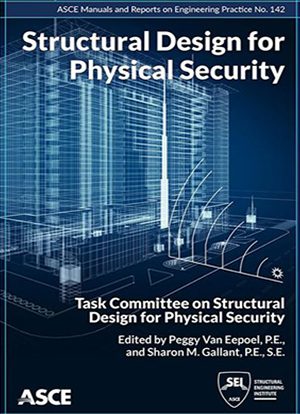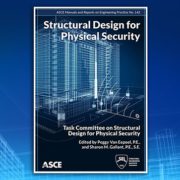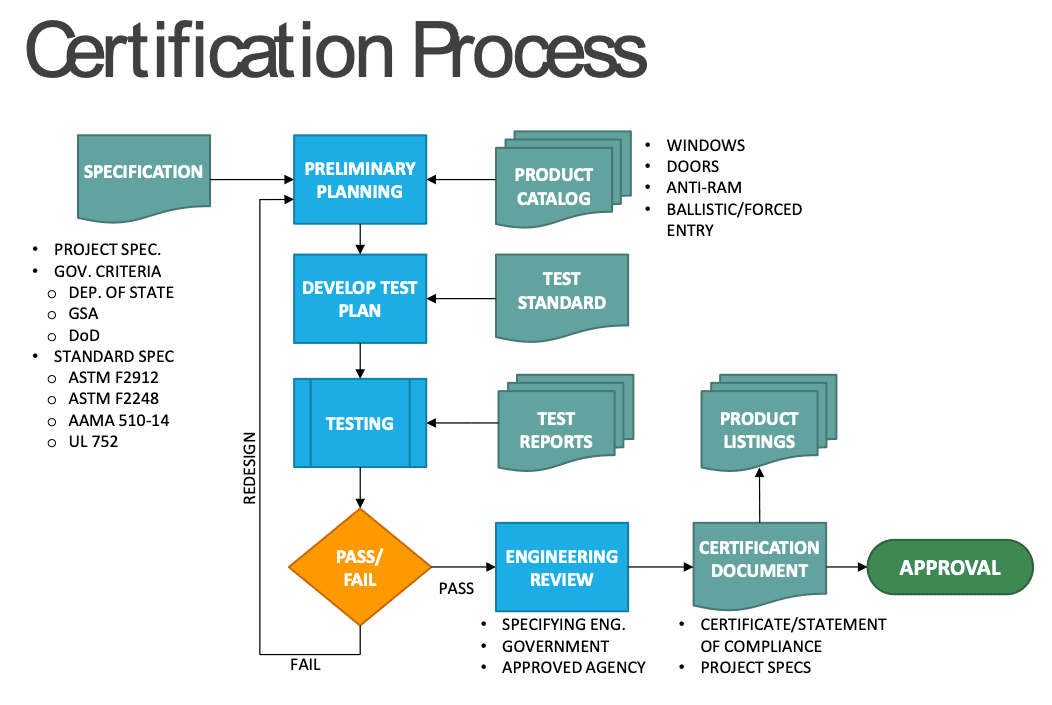Structural Design for Physical Security
Structural Integrity’s Own, Andy Coughlin published by American Society of Civil Engineers, ASCE

Structural Design for Physical Security, MOP 142, provides an overview of the typical design considerations encountered in new construction and renovation of facilities for physical security. The constant change in threat tactics and types has led to the need for physical security designs that account for these new considerations and anticipate the environment of the future, with flexibility and adaptability being priorities. This Manual of Practice serves as a replacement for the 1999 technical report Structural Design for Physical Security: State of the Practice and is intended to provide a roadmap for designers and engineers involved in physical security. It contains references to other books, standards, and research.
Topics include
- Threat determination and available assessment and criteria documents,
- Methods by which structural loadings are derived for the determined threats,
- Function and selection of structural systems,
- Design of structural components,
- Function and selection of window and facade components,
- Specific considerations for retrofitting structures,
- Testing methodologies, and
- Bridge security.
This book will be a valuable resource to structural engineers and design professionals involved with projects that have physical security concerns related to explosive, ballistic, forced entry, and hostile vehicle threats.
Of particular note is the publication of the process by which products can be tested and certified to achieve physical security performance in blast, ballistics, forced entry, and vehicle impact. Often unclear or overly specific requirements hamper the application of quality products which protect people and assets from attack. The certification process below shows how approved agencies, like SI’s TRU Compliance, play a role in testing, evaluating, and selecting products for use in critical physical security applications, rather than relying solely on the claims of the manufacturers. TRU’s certification program is the first of its kind to receive IAS Accreditation for the certification of physical security products.



